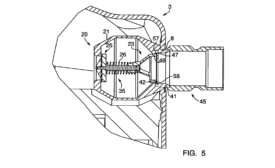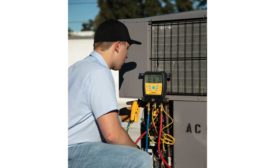Home » troubleshooting and HVACR
Articles Tagged with ''troubleshooting and HVACR''
Heads or Tails? It’s Up in the Air With HVAC Advanced Diagnostics
Contractors explore effects on their businesses and technicians
Read More
10 Troubleshooting, Diagnostic Tips for HVAC Technicians in the Field
Educators explain their approaches to repairing HVACR systems
Read More
HVAC Contractors’ Guide to Troubleshooting Cooling Systems
Differences exist between R-410A and R-22, but best practices remain the same
Read More
Copyright ©2024. All Rights Reserved BNP Media.
Design, CMS, Hosting & Web Development :: ePublishing















